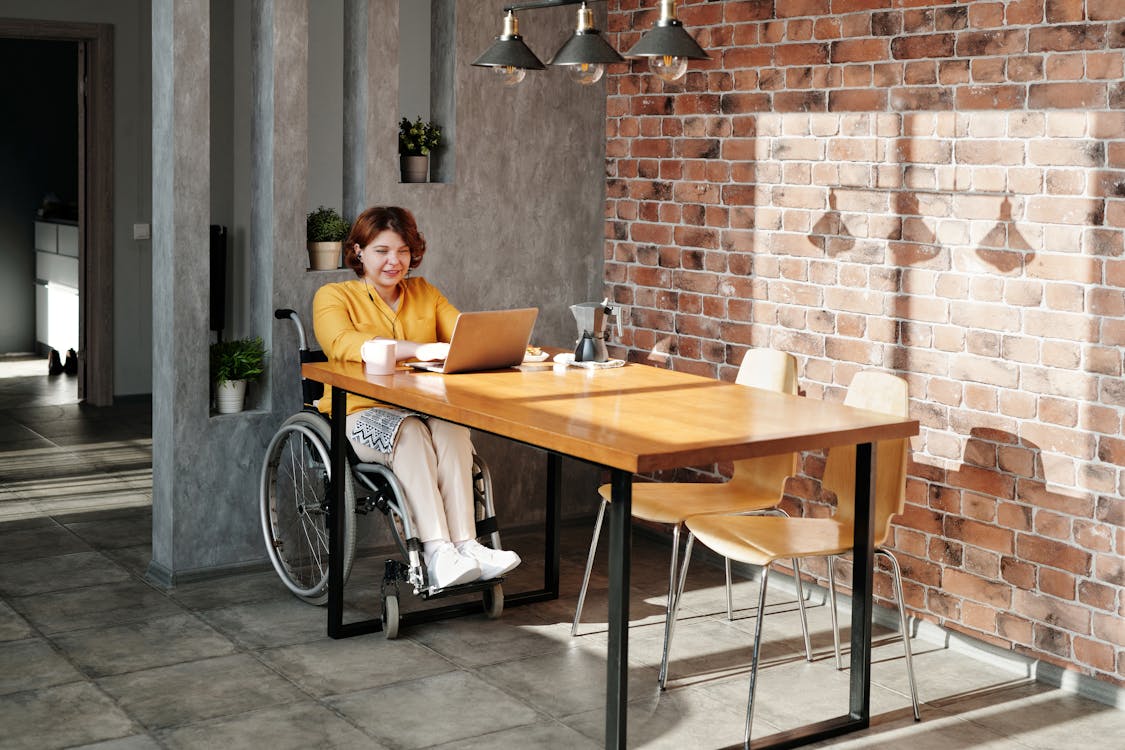
Assistive technologies are tools and devices that support the needs of people with disabilities. These technologies aim to improve the lives of more than 100 million people who experience significant disabilities. Sadly, the World Health Organization points out that only 5% to 15% of people with disabilities have access to assistive technologies.
It’s for this reason that both the tech and healthcare should work together in terms of improving mobility and essential everyday functions. For now, there are already a number of new assistive technologies that are making people’s lives easier, from upright walkers to power wheelchairs. Check out some of them in the list below:
Smart homes
For people who suffer from conditions that limit their mobility, smart homes are becoming sought after in greater numbers. As virtual assistant technology becomes even more sophisticated year by year, home automation will surely provide high levels of comfort, ease, and security. Using voice commands, you could activate security systems, schedule meetings, search online, and even cook meals. Although such capabilities have not come full circle yet, the increasing drive to wire homes to the Internet of Things (IoT) holds much promise for the future.
Continue Reading
Patients who are suffering from a short or long-term injury, or who have been diagnosed with a medical condition, might face difficulty when performing simple and complex tasks within the home. Thankfully, there are various technologies and assistive equipment that can support mobility and help them hold onto their independence.
There are numerous categories for assistive technology, which can enhance a person’s quality of life. Learn how patients can stay independent with the different forms of assistive technologies.
Adaptive Equipment to Support Daily Living
Adaptive equipment makes it possible for people to perform everyday tasks so that they can sustain a great quality of life. Many hospitals and facilities will also require patients to have access to these items before they will discharge them.
For example, they will need adaptive equipment to support dressing, such as dressing sticks, elastic shoelaces, sock aids, leg straps, and long-handled shoe horns. They might also need adaptive equipment for bathing, such as a supportive sliding shower chair, transfer board, mechanical lift and grab bars. Of course, there are also various technologies available for basic mobility, such as stair lifts, power wheelchairs, lift chairs and more.
Adaptive Equipment for Instrumental Activities of Daily Living (IADLS)
IADLs can transform a person’s quality of life when living with an injury or disability, as they can simplify communications and improve safety. For example, they refer to hearing aids, screen readers, amplified telephone equipment, speech generating devices, assistive listening devices and communication boards. They can also maintain their safety with medical alert systems, such as fall detection devices and wearable call buttons.
Durable Medical Equipment for Everyday Health and Safety
Durable medical equipment can effectively support a patient within their home so that they can enjoy a greater quality of life. These are items that are most likely covered by a patient’s insurance, as they will be necessary for their everyday health and safety. Examples of the assistive technologies include hospital beds, power mobility devices, patient lifts, walkers and commode chairs.
How to Acquire Assistive Technologies
While a doctor might order a piece of equipment, it is generally up to the patient to purchase the item. In some cases, a hospital or medical facility might be happy to loan an item to a patient, yet they might need to browse the market for the best option for their needs and budget.
Continue Reading
